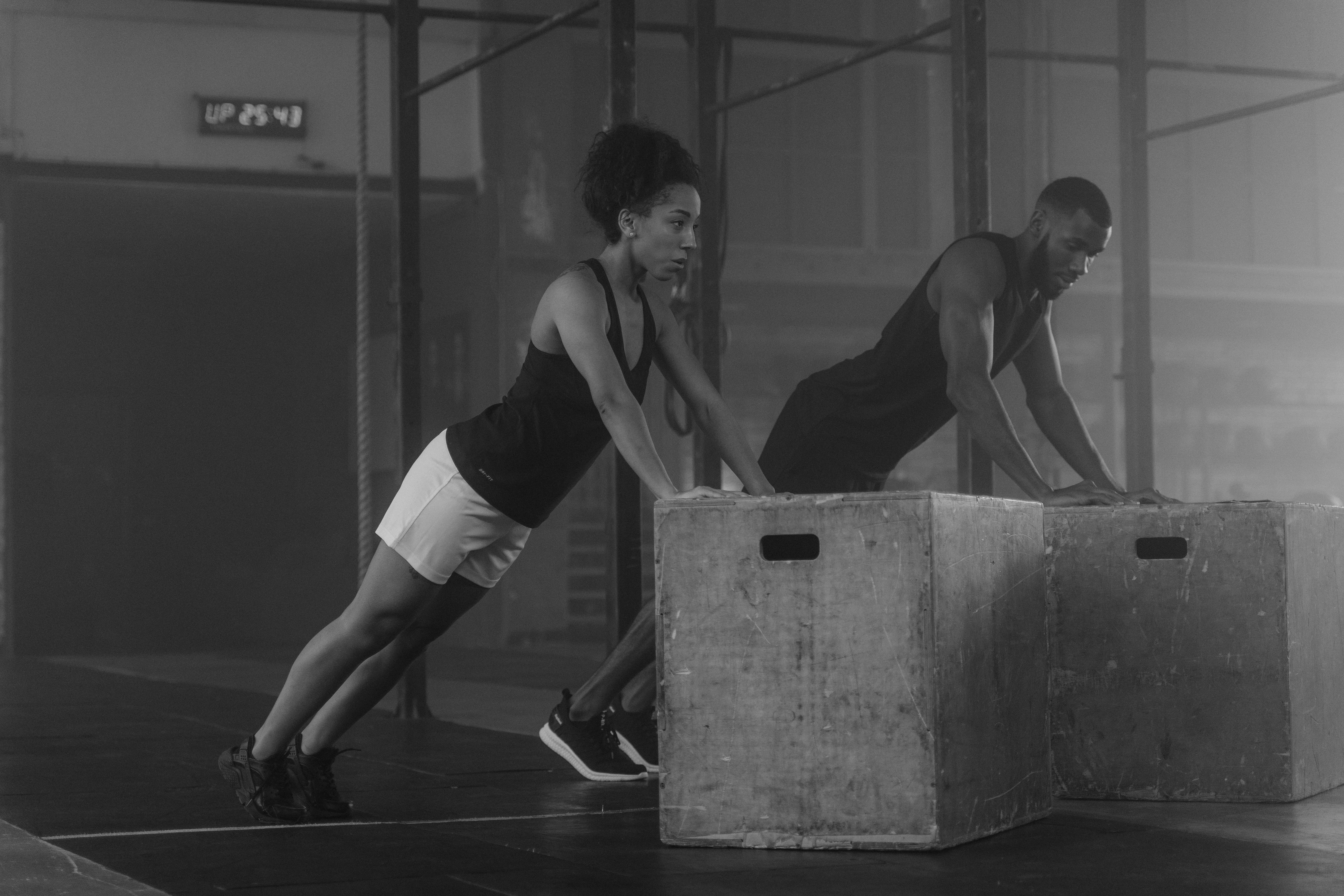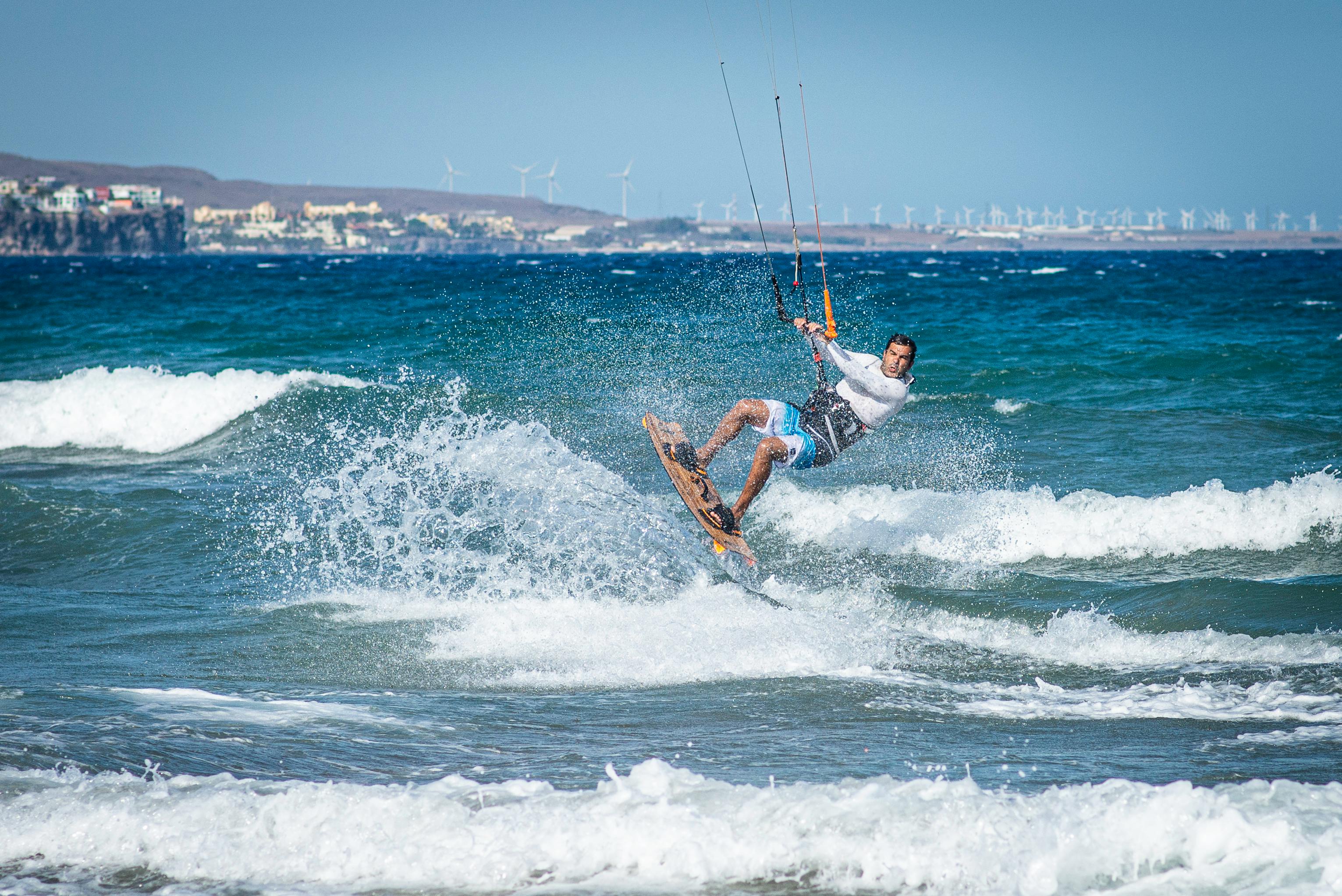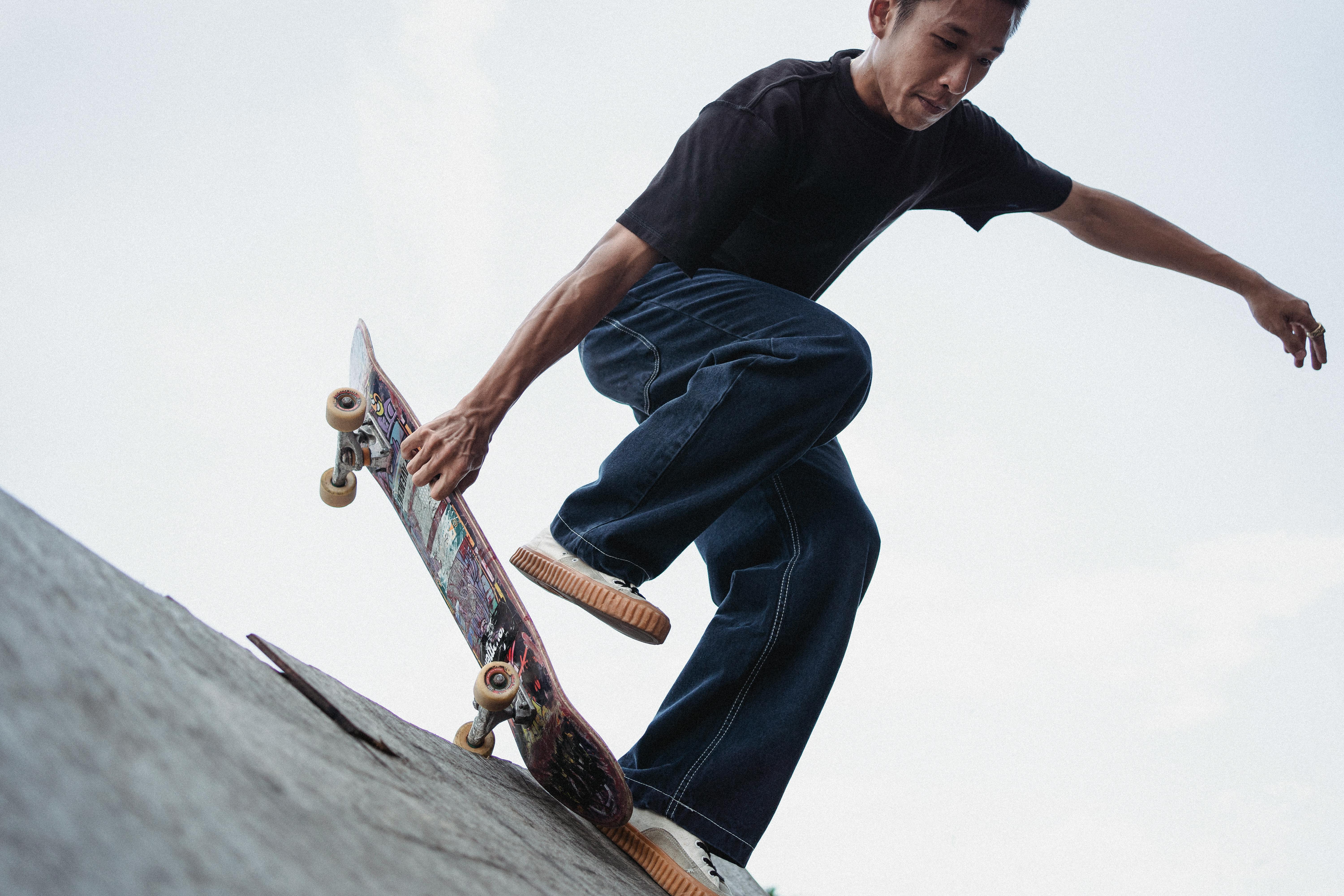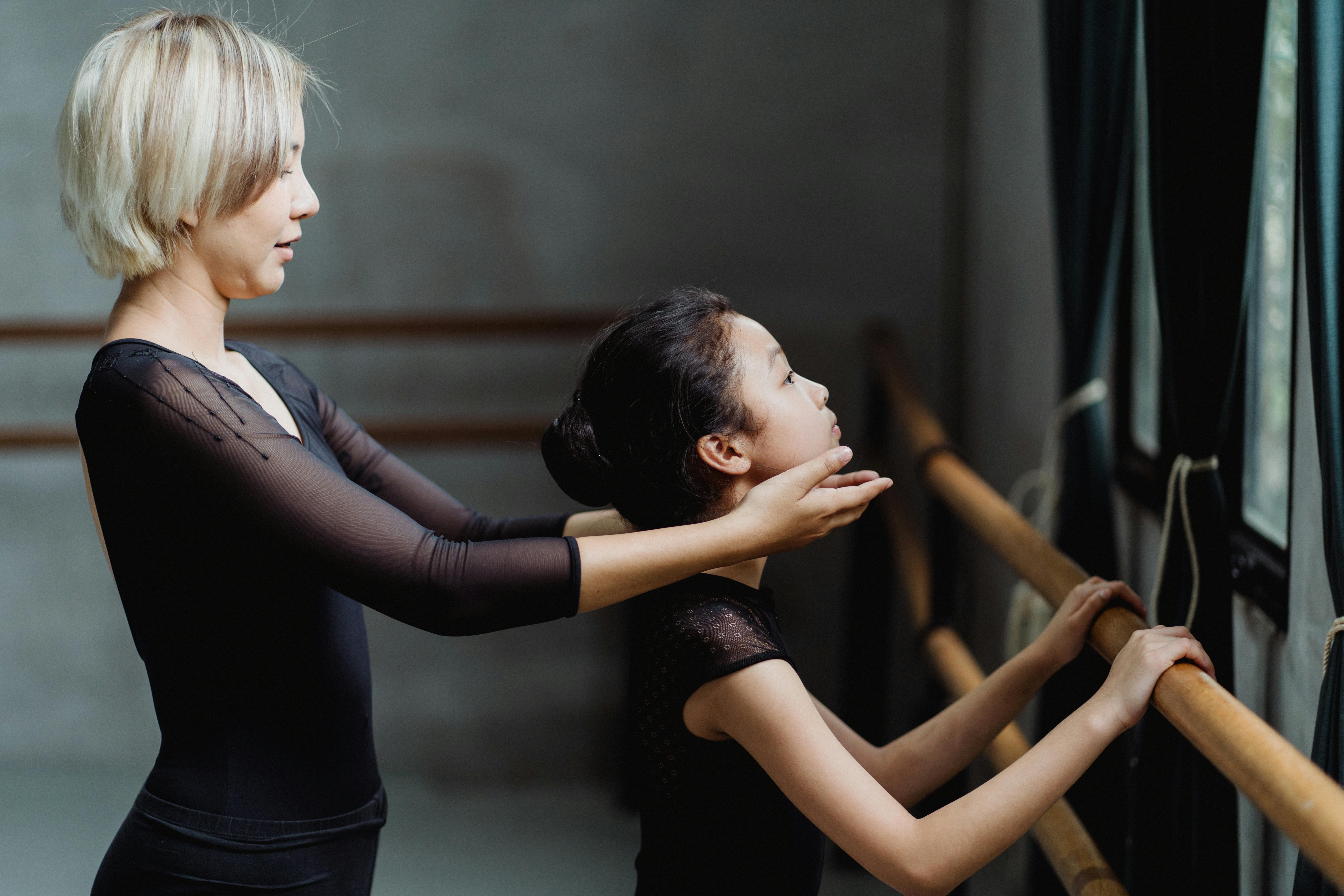In the Carnival culture in Brazil, samba schools play a vital role, having established themselves as the central institution. In Rio de Janeiro, there are probably more than 100 samba schools of different sizes. In this article, we will describe the emergence of “Unidos da Tijuca Samba-School”, the third oldest samba school in Brazil. The description of Unidos da Tijuca helps to understand the conception process of a typical samba school in Brazil, since other schools went through very similar historical paths. Like most samba school founders, the “fathers” of Unidos da Tijuca aimed to defend the roots of traditional Brazilian folklore and fight for popular causes. Struggles that were always present in the blood and soul of their ancestors, suffered and refined the cultural expression they loved and cultivated: samba. Let’s see how the history of this samba school helps to understand the culture of samba and carnival in Brazil.
origins
Since the 20th century, the mountain range of the Tijuca mountain range (later converted into a neighborhood) in Rio, began to be inhabited by slaves, descendants and freedmen who left the ruined coffee-growing area of the Paraíba Valley (between Rio and São Paulo). The richest class that inhabited the neighborhoods of Usina and Tijuca was in full decline. It was during this time that the families of Tijuca’s founder – the Moraes, the Chagas, the Santos and the Vasconcelos – settled in the “Borel” favela complex in Rio de Janeiro, Brazil.
The Brotherhood was created from the merger of four street carnival groups that existed in the favela “Casa Branca”, “Familia Formiga” and on the Island of Velhacos. In 1931, on December 31, at the beginning of the ascent of São Miguel street, at number 130 of house number 20, men and women met to found the Unidos da Tijuca samba school.
The records show that the founders of the samba school were: Bento Vasconcelos (leader), Leandro Chagas (organizer and disciplinarian), Alcides de Moraes (harmony director) and his brothers and cousins with their families, who made up the base of the school: Jorge Vasconcelos, Pacífico Vasconcelos, João de Almeida and Ismael de Moraes, among others.
first parades
At first, the samba school paraded surrounded by a rope, with lanterns that illuminated the Carnival parade. The resources for the parade were raised by families from the neighborhood, who contributed financially by signing the old “golden book”. At that time, the Unidos da Tijuca Samba School paraded with a gazebo of six to eight sticks, decorated with flowers, garlands and paper decorations. At the front, members of the samba school paraded dressed as animals: frogs, donkeys, and in 1936, the year they won first place. The members bowed, making their way through the crowd. The “ala baianas”, dressed in cetín and cotton, paraded along the side of the guild in a procession-shaped wing, filling the spaces. Next came the mestre-sala (Samba-Host) and the porta-bandeira (Abanderador) and people who made up the school choir that supported the singing, the entire board of directors and drummers from the school with tambourines, cuícas, a surdo, a tarol, a viola and a cavaquinho, all recently created samba instruments.
During the 1940s and 1950s, a dissidence occurred and other guilds were founded, such as the extinct Estrela da Tijuca Samba-School and Recreio da Mocidade, and the still existing Império da Tijuca, all made up of former members of Unidos da Tijuca. The school went through a couple of internal crises and many difficulties and, in 1959, it was demoted to the Second Group, suffering a great emptying.
Restructuring of the school In the 1970s, the leaders of Unidos da Tijuca began to reverse this situation in search of new people to recover the prestige of the school. With advice from former members and communication with the community, the guild significantly improved its results in contests. During this period, other artists contributed to the rise of the school. Among them, Laíla (famous Producer of the Beija-Flor Carnival), joined Unidos da Tijuca. Paulo César Cardoso presented one of the most modern and nationalist themes and Renato Lage (two respected Producers of the Brazilian Carnival) created fantastic scenes, combining the traditional with the modern, being responsible for the promotion of the school to the First Group in 1980, after remaining for 22 bitter years in the Access Group, in the Rio Carnival Association.
However, during this decade, Unidos da Tijuca went through another difficult period and alternately attended Grupo Acceso for another 2 years, in 85 and 87. The last time they were demoted was in 1998, when they presented a song that paid tribute to the Portuguese traveler Vasco da Gama. Starting in 2004, with the hiring of the carnival producer Paulo Barros, Unidos da Tijuca surprises and conquers the public and the press, ensuring its place among the first places, presenting magnificent and admirable Carnival parades every year. The self-esteem of the residents of the Tijuca neighborhood was rescued; they began to believe more in their school, at the same time that their guild got new fans, beginning to be seen by everyone with the respect and recognition they deserved.
Since 2006, the union began to carry out a “technical test”, in front of the old warehouse, on Venezuela Avenue in Río, with the aim of evaluating the performance of the wings and the rhythm. This initiative contributed to a great extent with the result of the parades. (Technical rehearsal is a term given in the Brazilian Carnival for a samba school rehearsal that imitates the official parade during Carnival.)
Symbols and colors: It is no coincidence that Unidos da Tijuca has the royal peacock as its symbol and blue and golden yellow as colors. There are two stories that justify the adoption of this identification by the school.
It is said that, at the time of its foundation, the school initially adopted as a symbol the shield represented by intertwined hands in union with coffee and tobacco branches, in reference to the old Tijuca neighborhood, with its plantations. The colors golden yellow and peacock blue were adopted from the House of Bragança, colors used in the imperial court and which represent the proof of good taste in their clothing. Both the symbol and the colors, assigned as suggestions by Bento Vasconcelos, one of the main founders of Unidos da Tijuca.
Another theory records that in 1931, at the bottom of the Borel favela, there was a large Borel Co cigarette, tobacco and snuff factory. The striking figure of the royal peacock, in blue and golden yellow, was stamped on the packaging of some of their products. On December 31 of that same year, near there, at the beginning of São Miguel street, local and surrounding residents founded Unidos da Tijuca, adopting the peacock as a symbol and the colors in reference to that company’s logo. However, to include the peacock as a symbol of Tijuca in the opening wing float, another story is told: in 1983, between the months of August and September, during the dispute over the samba theme for the 1984 carnival, the school was preparing to open the parade of the Special Group, thus inaugurating the Sambadrome.
The peacock was already the striking symbol of the school in the colors of the guild on t-shirts with the theme of that announced year “Salamaleikum, a epopéia dos insubmissos males”. It has also been said that samba composer Carlinhos Melodia suggested to then-president Luis Carlos Cruz that a peacock be placed in the opening wing because while the other schools had birds and other conspicuous animals, drawing public attention, the old-school symbol (clasped hands surrounded by coffee and tobacco branches, with the letters UT, short for Unidos da Tijuca) brought a meaning of suffering and resistance. From that moment on, at the suggestion of the composer, Unidos da Tijuca replaced the previous symbol and in 1984, entered the avenue for the first time with a peacock as the main symbol.
Unidos da Tijuca, like most schools, has evolved enormously in terms of structure and professionalism, achieving two second places in the last five years. The school innovated and became known for being the first to feature choreographers riding floats, setting up what are now called “human sculptures” in the carnival parade. Financial and organizational developments led Unidos da Tijuca to remain part of the elite club of samba schools in Rio, which includes the legendary Mangueira, Beija-Flor, Portela and Mocidade samba schools. Living up to its multicultural background with Portuguese, Brazilian and indigenous influences, the samba school in Rio’s traditional Tijuca neighborhood is now also known throughout Brazil for its famous models and samba celebrities such as Adriane Galisteu and Fábia Borges. Like most samba schools in Rio de Janeiro, Unidos da Tijuca went through a tough period of professionalization that not only kept it alive, but gave it strength for a new era. Today, in the Brazilian Carnival (and also the samba stage), there are no more spaces for fans, and most of the participants have realized that the biggest show in the world, could only continue its magic with new rules and challenges to which the samba schools have definitely contributed.



